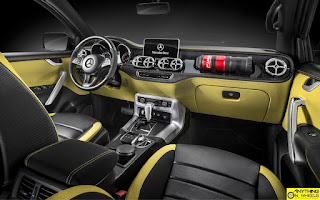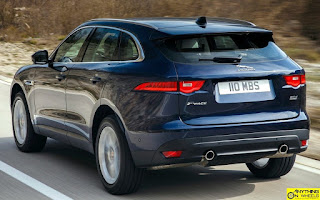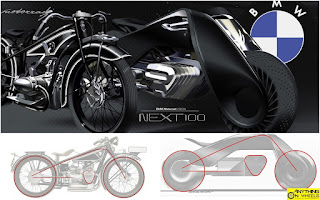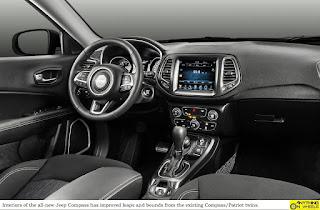When Mercedes-Benz announced its intentions to develop a midsize luxury pickup truck last year and revealed a rough sketch to prove its point, it came as a shock to the rest of the industry. Despite all the vans, trucks and buses that it makes, Mercedes-Benz is a name synonymous with luxury cars and pickup trucks rarely belong to that group.
With the Concept X-Class, Mercedes-Benz is trying to do just that - combine the ruggedness and off-roading capabilities of a pickup with the luxury and lifestyle image of an urban runabout. Unveiled in Stockholm last evening, the Concept X-Class presented itself in two guises - the 'Stylish Explorer' for the predominantly urban folks and the 'Powerful Adventurer' for those who get down and dirty often.
Both concepts are unmistakably Mercedes-Benz and nowhere do you feel it as much as the truck's fascia. A large trapezoidal grille with a big centrally-mounted star logo sits atop an even bigger air-dam that runs the full length of the bumper. Together with the massive power bulge in the hood, the Concept X-Class will sure look intimidating when it shows up in your rear view mirror. While the Stylish Explorer gets a single louvre grille like the brand's coupes, the Powerful Adventurer gets two louvres like the rest of the Mercedes-Benz SUVs. The profile is where the truck's actual origins come to light. After all, the Concept X-Class shares its underpinnings with the popular Nissan Navara! The rear looks distinctive with the slim wraparound LED strip that forms the taillights. Here again, the Powerful Adventurer gets a more conventional dual lights setup and a more rugged tailgate.
The interiors are where the Concept X-Class strays far away from the typical pickup trucks that are in the market. Show someone the pictures of its cabin and we bet the first thing they will think of is not a pickup truck. The instrument cluster, the air-conditioning vents and the dashboard with its centrally-mounted tablet-like infotainment screen look very similar to the rest of the Mercedes-Benz lineup. This is crucial as Mercedes-Benz would be charging serious money for the X-Class and the customers can't feel shortchanged. The funky column-mounted gear-shifter that we have been accustomed to is replaced by a conventional stick-shifter in the center console. The Powerful Adventurer tries hard to be different with a relatively 'hardcore' cabin complete with bright colours and a fire extinguisher mounted on the dashboard.
When the production variant debuts in 2017, expect it to be a bit of both, pulling in elements from both the Stylish Explorer and the Powerful Adventurer.
The specifications aren't released yet but what we know so far is that the top-end X-Class will get a V6 diesel engine under its hood. The hardware will supposedly include standard All-wheel drive with a transfer case and two differential locks. Mercedes-Benz claims a payload rating of 1.1 metric tons and a towing capacity of 3.5 metric tons, which puts the X-Class in a good shape to slug it out with the traditional pickups that we know. Remember, this is a Nissan underneath!
When it goes on sale, the X-Class will exist under the Mercedes-Benz Vans lineup. Key markets for the truck include Europe, South America, South Africa, Middle East and Australia while we bet the USA wouldn't be overlooked for long.
Now that Mercedes-Benz has made the move, do you think Audi and BMW would react?








































